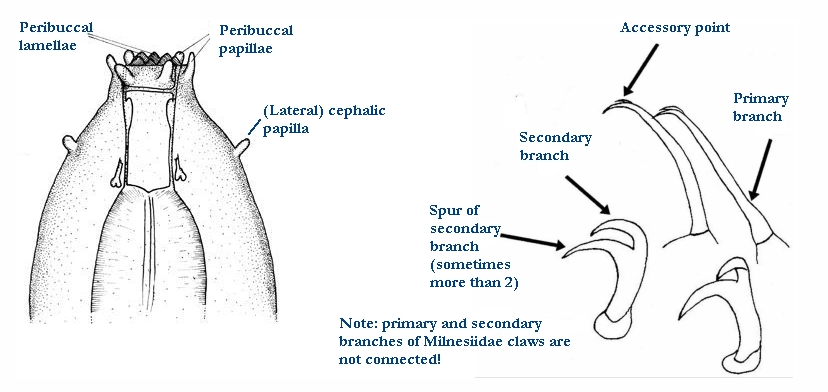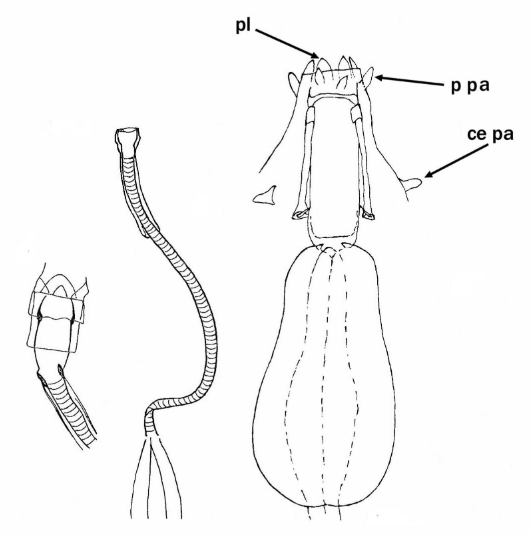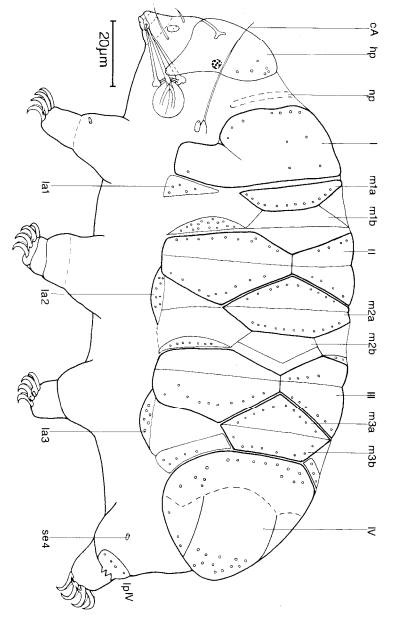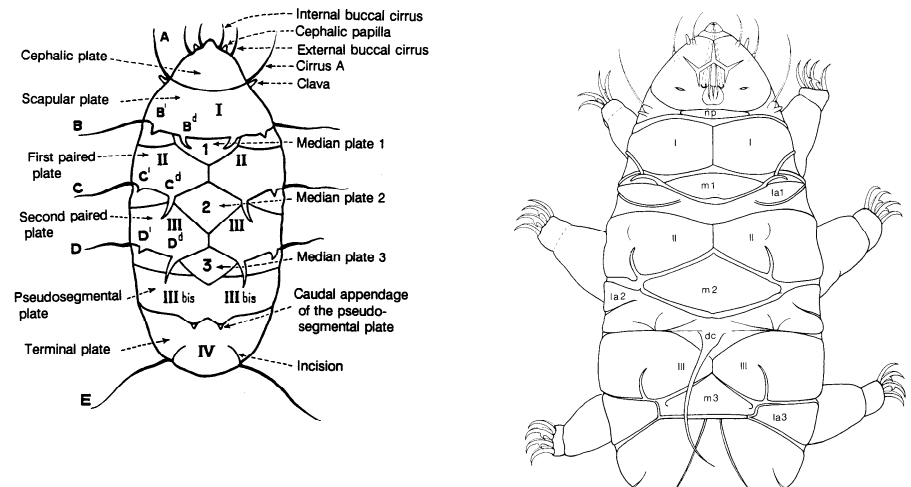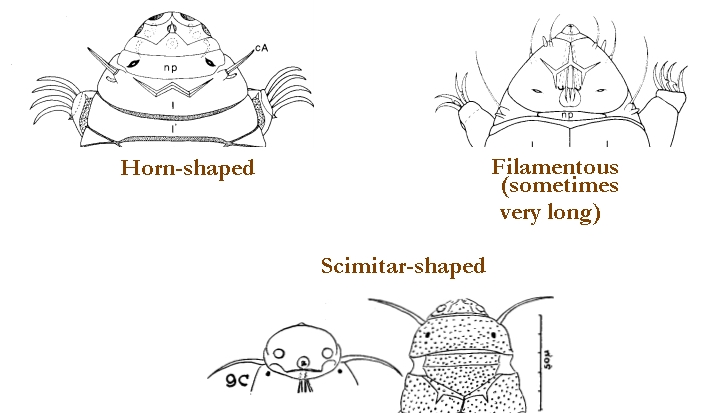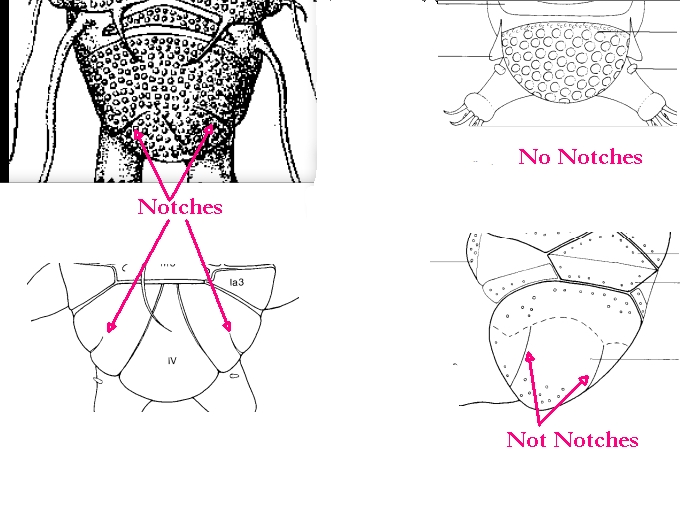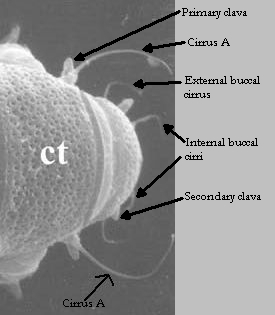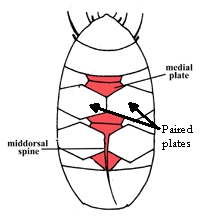Family
Family Classification
In terms of their classification, tardigrades are part of the Ecdysozoa superphylum, which includes a diverse group of invertebrates such as arthropods and nematodes.
Within the Tardigrada phylum, there are three major families: Echiniscidae, Macrobiotidae, and Hypsibiidae.
Echiniscidae Family
Echiniscidae is the largest family of tardigrades and includes over 400 species. These tardigrades are characterized by a round, smooth body and a mouth that is located on the underside of the animal.
They are often found living in mosses or lichens, and some species have been known to survive in space for extended periods of time.
Macrobiotidae Family
Macrobiotidae is the second-largest family of tardigrades and includes over 200 species. These tardigrades have a more elongated body shape and are often found living in aquatic environments such as freshwater or marine habitats.
They are known for their ability to withstand high temperatures and pressures, and some species have been found living in geothermal hot springs.
Hypsibiidae Family
Hypsibiidae is the smallest family of tardigrades and includes around 80 species. These tardigrades are characterized by a long, slender body and are often found living in soil or mosses.
They are known for their ability to survive in extreme environments such as Antarctica, where they are able to withstand freezing temperatures and high levels of radiation.
Overall, the Tardigrada phylum and its three major families represent a fascinating group of animals that have captured the imagination of scientists and the public alike.
From their unique appearance to their incredible ability to survive under extreme conditions, tardigrades continue to be the subject of much study and fascination.




